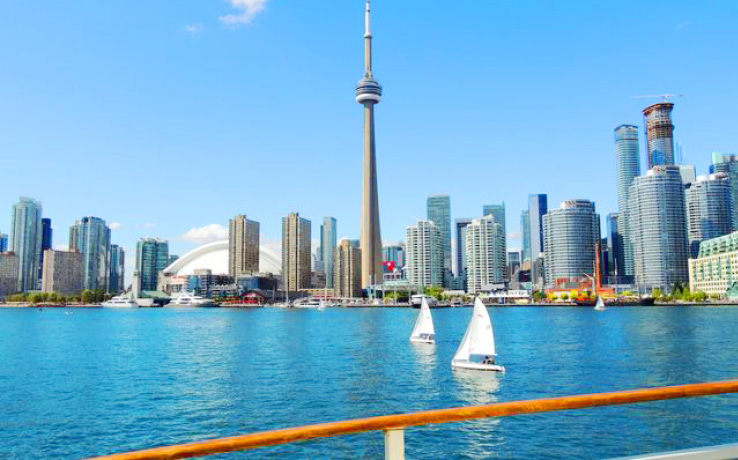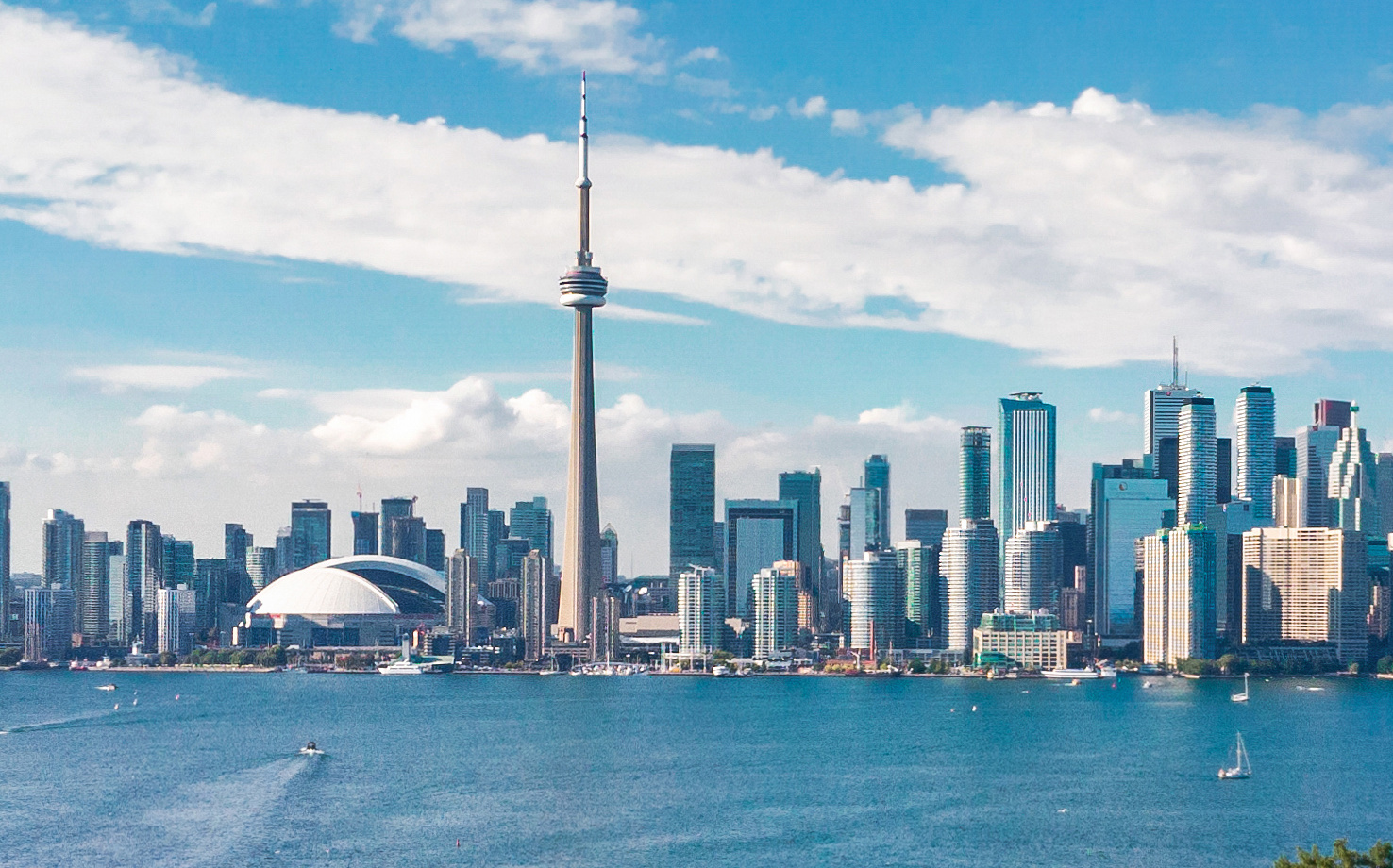In the heart of frozen winters and the delightful springs, our northern neighbor, Canada, has gifted the world with an unparalleled sweet delight: maple syrup. Evoking images of red-leaved trees, pancakes, and heartwarming family breakfasts, this familiar, delicious treat is more than just a tasty topping; it is a testament to Canada’s vibrant food culture.
Imbibed in the very fabric of Canadian life, the production and consumption of maple syrup is a longstanding tradition. It goes beyond just being a breakfast condiment; it’s a:
• Symbol of Canadian heritage
• Reflection of Indigenous traditions
• Signifier of national pride
• Staple in the Canadian food industry
In this blog, we will embark on an absolutely delicious journey, discovering more about Canadian maple syrup – its rich history, its cultural significance, why it qualifies as a national treasure, and much more. So put on your maple leaf-adorned hats and prepare to whet your appetite with this fascinating dive into a sweet aspect of Canadian heritage!
History of Maple Syrup in Canada
Indigenous origins and early production methods
Long before Europeans arrived on North American soil, the indigenous peoples were already master producers of this liquid gold. Deeply woven into their culture, they called it “sinzibuckwud”, meaning “tapped from wood”. The process of maple syrup-making was quite remarkable. Using stone tools, they would
• Make incisions into the bark of maple trees
• Insert reeds or concave pieces of bark to guide sap out of the tree
• Collect the running sap in birch bark containers
• Boil the sap over fire until it thickened into syrup
Introduction of maple syrup to European settlers
It wasn’t until the arrival of the European settlers that maple syrup production evolved. Fascinated by the clever indigenous sugaring methods, they modernized the process. Instead of wooden buckets, they used metal ones. Giving birth to an industry that now defines Canada, this sweet, rich recipe passed down through generations is much adored. Its significance and the joy it brings to breakfast tables makes it a truly Canadian national treasure.
Maple Syrup Production Process
The maple syrup production process, fondly known as “sugaring” to industry insiders, starts with two key elements: the noble maple trees of Canada and the end of a frigid winter.
Tapping maple trees and collecting sap
Around late February to early March, when the nights are still frosty but the days start to warm up, this is the perfect sugaring window to tap scores of maple trees. Tiny holes are drilled into their trunks, and spigots called spiles are inserted. The thawing sap starts to flow up the tree, some of which is collected in attached buckets.
Boiling and processing sap into syrup
After that, the sap heads to a sugarhouse, where it’s steadily boiled down in an evaporator. This process removes excess water content, transforming the otherwise clear sap into a brown, sticky substance that we know and love as maple syrup.
.

Different grades and types of maple syrup
The ensuing product is not a one-fit-all type of syrup. It actually comes in various grades and types, primarily distinguished by color and flavor.
• “Golden Color with Delicate Taste”: Light-hued and subtly sweet, ideal for crepes, waffles, and other delicate desserts.
• “Amber Color with Rich Taste”: Offers a fuller flavor, perfect for a broader range of uses including sauces and cocktails.
• “Dark Color with Robust Taste”: Perfect for dishes demanding bold maple flavor like glazing roast meats.
• “Very Dark with Strong Taste”: Usually used for cooking and baking, imparts a strong maple flavor.
These grades allow you to pick the perfect syrup to match your palate and culinary needs. Every drop of this liquid gold is a testament to Canada’s love for its national treasure – the maple syrup.
Maple Syrup Festivals and Events
In Canada, the universal love for maple syrup transcends taste buds, and seeps into the nation’s culture and tradition. There are several notable festivals and events dedicated to celebrating this sticky, sweet wonder.
The Canadian Maple Festival in Saint-Quentin, New Brunswick
Every year, Saint-Quentin, the “Maple Capital” of Atlantic Canada, hosts the Canadian Maple Festival. This event is a tribute to the province’s maple syrup industry, with festivities including:
– Tastings of fresh, locally-produced maple syrup
– Traditional sugar on snow parties
– Numerous artisan and craft stalls selling maple-centric goods
The Ontario Maple Syrup Producers’ Association (OMSPA) Maple Weekend
The OMSPA Maple Weekend is another widely-known and cherished event in the maple calendar. Held annually in April, this event gives the public a chance to visit participating maple farms and learn about:
– The journey of sap from tree to table
– The art of syrup production
– The history and heritage of Canadian maple syrup industry
Festivals and Events in Quebec’s Maple Syrup Regions
Québec, being the largest producer of maple syrup worldwide, is the heart of the “sugar shack” culture. Celebrations here are characterized by:
– Warm and energetic sugar parties
– Cast-iron cauldrons brewing with sweet, golden syrup
– Traditional cuisine featuring the beloved syrup
These festivals not only showcase the enchanting allure of maple syrup but also highlight its integral role in Canada’s food culture and tradition.
Conclusion
Maple syrup is more than just a simple dessert additive—it’s part of the food culture and national identity of Canada. It’s deeply ingrained in their culinary tradition, capturing the essence of the Canadian wilderness with each deliciously sweet drop.
• Adds natural sweetness to a wide array of dishes
• Used as a classic topping for pancakes and waffles
• Serves as a key ingredient in traditional Canadian desserts
Maple syrup is indeed a national treasure of Canada. It is a gift from nature, harvested and produced with care, representing the country’s respect and appreciation towards its vast natural resources. The labor, patience, and skills involved in its production add to its intrinsic value. It carries stories, traditions, and the soul of Canada, making it a truly invaluable aspect of this vast and diverse country. Let’s pour some love for this sweet delight that has made its mark not just on plates, but in the hearts of people all over the world!
Thanks for reading this blog. Check out more blogs like this one here: www.toniagara.com/blog/













